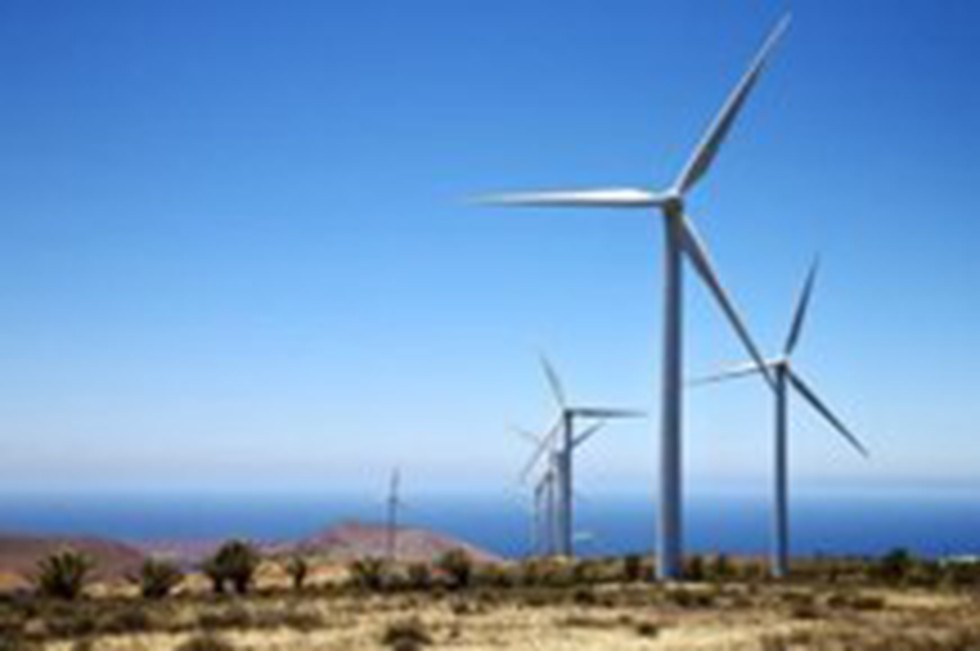
About Just Energy Transition Partnership (JET-P):
- It is a mechanism for multilateral financing by developed countries to support an energy transition in developing countries.
- It aims to reduce emissions in the energy sector and accelerate the coal phase-out.
- Transition describes the gradual movement towards lower carbon technologies, while ‘Just’ qualifies that this transition will not negatively impact society, jobs and livelihoods.
- It was launched at the COP26 in Glasgowwith the support of the United Kingdom (UK), the United States (US), France, Germany, and the European Union (EU).
- Senegal has become the fourth country after South Africa, Indonesia and Vietnam to sign the JET-P deal, with the International Partners Group comprising France, Germany, the European Union, the United Kingdom and Canada.
- India refused to give its consent, saying that coal cannot be singled out as a polluting fuel and that energy transition talks need to take place on equal terms.
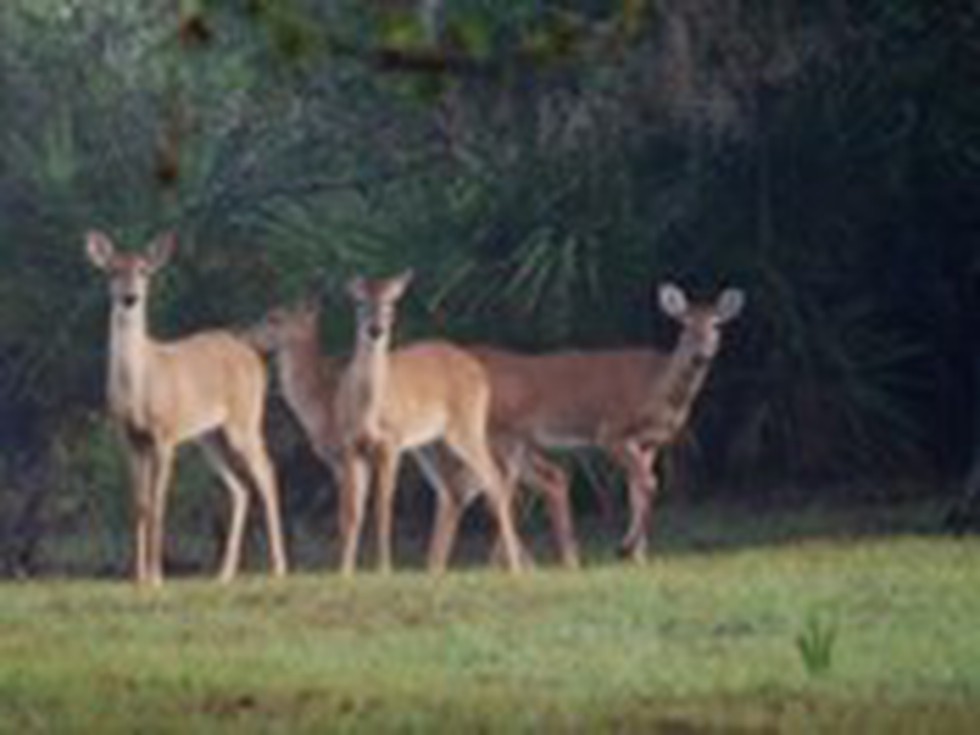
About the Hastinapur Wildlife Sanctuary:
- It is located in the state of Uttar Pradesh.
- It lies alongside the northern tip of the River Ganga, flowing thru the districts of Muzaffarnagar and Bijnor.
- It has a variety of landforms and is a mixture of different habitats such as wetlands, marshes, dry sand beds and gently sloping ravines.
- Fauna: Swamp Deer, Leopard, Wild Cats, Wild Otter, Pythons etc.
- Under Crocodile Breeding Projects, baby crocodiles are released in the Ganga River near Hastinapur.
- Under the aegis of the World-Wide Fund (WWF), the Turtle Rehabilitation Program also has its centre near the Hastinapur Sanctuary.
- It is a part of the "Asia Flyway" project, and many migratory Birds, both local and foreign, flock in numbers near the numerous water bodies present in the region.
Key Facts about Greater racket-tailed drongo
- It is a medium-sized Asian bird which is distinctive in having elongated outer tail feathers with webbing restricted to the tips.
- They are diurnal but are active well before dawn and late at dusk.
- They make a wide range of loud calls that include perfect imitations of many other birds.
- Distribution in India: The distribution range extends from the western Himalayas to the eastern Himalayas and Mishmi Hills and is also found in the hills of peninsular India and the Western Ghats
- Conservation status:
- IUCN: Least Concern
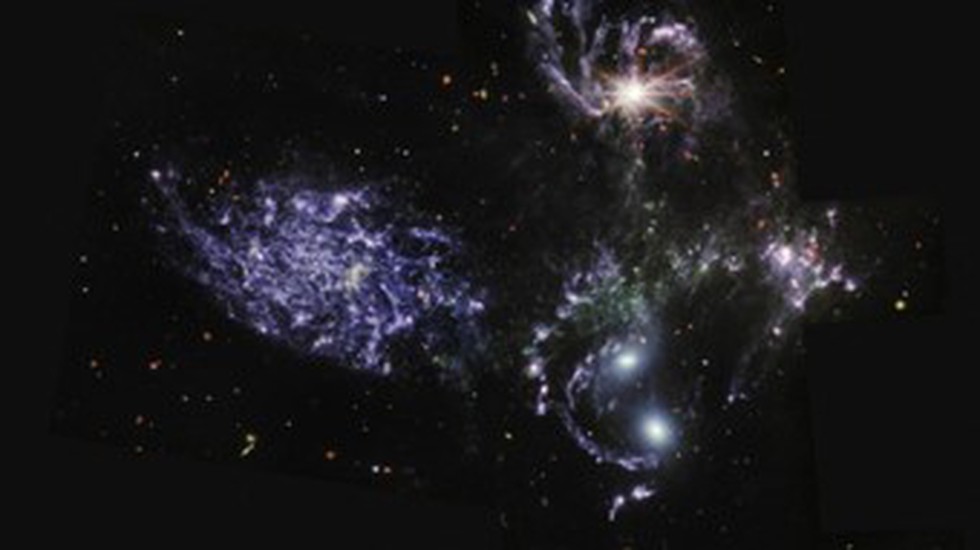
About Euclid Space Telescope:
- It is named after the Greek mathematician Euclid of Alexandria.
- This mission is part of ESA’s Cosmic Vision programme, which plans to explore the origin and components of the Universe and the fundamental laws that govern it.
- The spacecraft will have a 1.2-metre-wide telescope and two instruments;
- A visible-wavelength camera (the VISible instrument): It will look for tiny distortions in the shapes of distant galaxies from different points in time to highlight the tussle between the pull of gravity and the push of dark energy.
- A near-infrared camera/spectrometer(the Near-Infrared Spectrometer and Photometer): It will look at how quickly the galaxies are moving away from each other, which will offer scientists insight into both dark energy and the working of gravity.
- The detectors of the near-infrared instruments have been supplied by NASA, making the American agency an important part of the Euclid Consortium.
- It will be floating 1.5 million kilometres above the Earth, and the telescope hopes to deliver images that are at least four times sharper than ground-based ones.
- The spacecraft measures approximately 4.7 metres tall and 3.7 metres in diameter.
- It will be launched on a SpaceX Falcon 9 rocket and will remain operational for a minimum of six years.
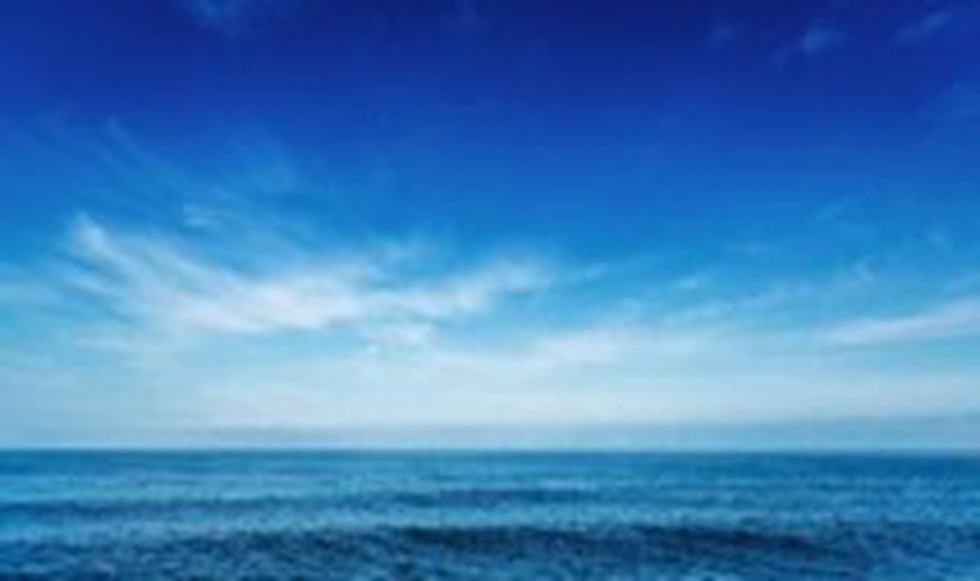
Key findings of the report:
- Oceans, along with absorbing carbon dioxide and moderating the climate, also cool the planet by releasing short-lived halogens such as chlorine, bromine and iodine.
- The short-lived halogens from the ocean reduce warming by depleting ozone.
- They increase methane’s lifetime in the atmosphere by destroying hydroxyl radicals (OH).
- They have increased the global methane burden by 14 per cent and 9 per cent for pre-industrial and present-day conditions.
- Halogens increase the levels of water vapour, a greenhouse gas in the atmosphere.
- The emission of halogen from the ocean is not the same across the world.
- Over continents, the emissions are small, while it is bigger in polar regions and some places with higher ozone levels.
Key facts about Halogens:
- The term Halogen in Greek means salt-producing because it reacts with many metals to produce salts.
- They are a group of elements located in Group 17 of the periodic table, which includes fluorine (F), chlorine (Cl), bromine (Br), iodine (I), and astatine (At).
- In 1826, Swedish chemist Jons Berzelius coined the term halogen for the entire group of elements.
- Unlike metals, they exist in all three different states of matter in their standard state.
- For example, fluorine is found naturally as a gas, bromine as a liquid, and the larger iodine is found naturally as a solid.
- Reactivity: Halogens are the most reactive nonmetals on the periodic table and are powerful oxidising agents.

About Aspartame:
- It is the world's most commonly used low-calorie artificial sweetener, which is approximately 200 times sweeter than sucrose (common sugar)
- It was discovered by James M. Schlatter, a chemist, in 1965 and was introduced to replace sucrose.
- The U.S. Food and Drug Administration (FDA) approved aspartame for use in some dry foods in 1981 and for carbonated beverages in 1983.
- It is made up of two amino acids: aspartic acid and phenylalanine, which are naturally occurring amino acids in many protein-rich foods.
- In the body, aspartame is metabolised into its constituent components, aspartic acid, phenylalanine, and a small amount of methanol.-
- It is used worldwide as a sugar substitute in thousands of foods and drinks, including cereals, sugar-free chewing gum, low-calorie fruit juices and diet sodas.
- Around 100 countries around the world, including India, permit the use of aspartame.
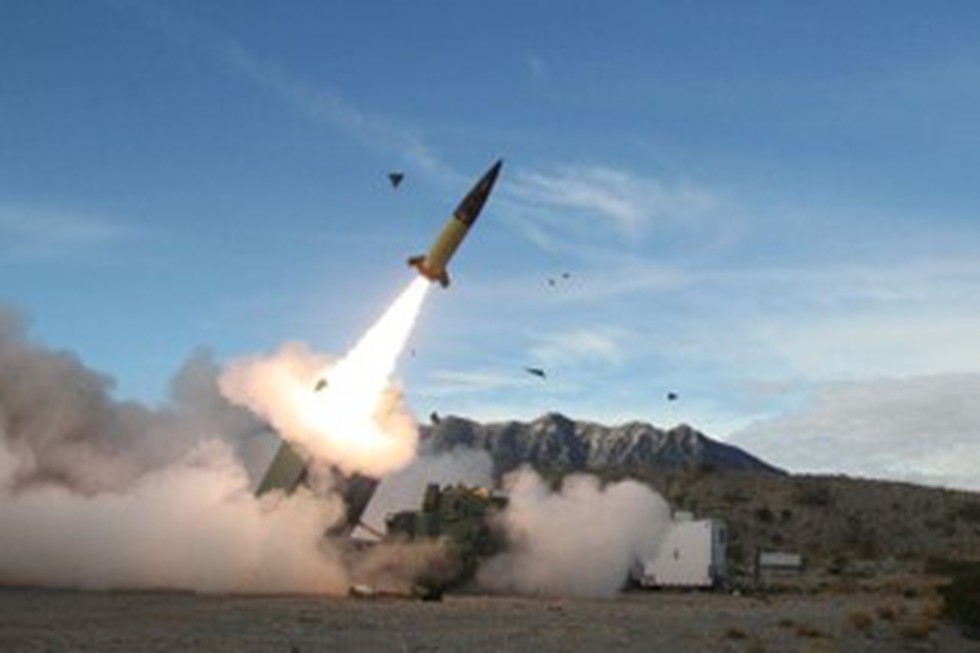
About Army Tactical Missile System (ATACMS):
- ATACMS is a conventional surface-to-surface artillery weapon system capable of striking targets well beyond the range of existing Army cannons, rockets and other missiles.
- It is manufactured by the US defence company Lockheed Martin.
- It is also designated M39 by the US Army, and its Dept of Defence (DoD) designation is MGM-140.
- This weapon's known operators other than the US are Bahrain, Greece, South Korea, Taiwan, and the United Arab Emirates.
- Features:
- ATACMS are 24/7, all-weather, surface-to-surface, inertially guided missiles.
- It has a range of about 190 miles (305 km).
- Propulsion: Single-stage, solid propellant.
- It is typically deployed from modified Multiple Launch Rocket System (MLRS) launch vehicles.
- Targets include air defence artillery sites, surface-to-surface missile units, logistics sites, command and control complexes, and helicopter forward operating bases.
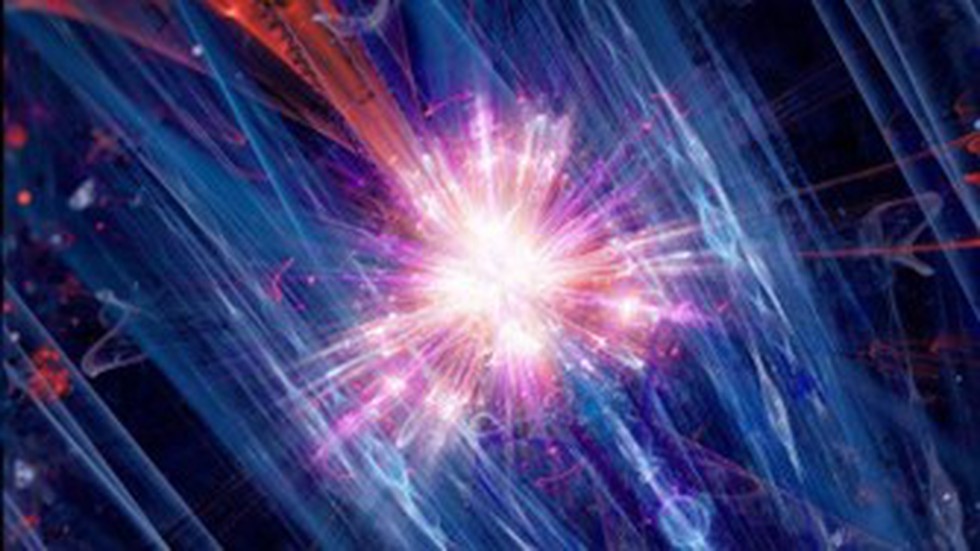
About Ghost Particles:
- Neutrinos are tiny subatomic particles, often called 'ghost particles' because they barely interact with anything else.
- Source: Neutrinos come from all kinds of different sources and are often the product of heavy particles turning into lighter ones, a process called “decay.”
- Neutrinos are denoted by the Greek symbol ν, or nu (pronounced “new”).
- They belong to the family of particles known as leptons. There are three main leptons, namely electrons, muons and tau particles, and each one has an associated neutrino and anti-neutrino.
- A neutrino is very similar to an electron but has no electrical charge and a very small mass.
- They are the most common particle in the universe. Approximately 100 trillion neutrinos pass completely harmlessly through the human body every second.
- They are extraordinarily difficult to detect, as they rarely collide with atoms.
- Of the four fundamental forces in the universe, neutrinos only interact with two — gravity and the weak force.
- But not all neutrinos are the same. They come in different types and can be thought of in terms of flavours, masses, and energies.
What is Antiparticle?
- In quantum theory, every type of particle is associated with an antiparticle with the same mass but with opposite physical charges. For example, the antiparticle of the electron is the positron.
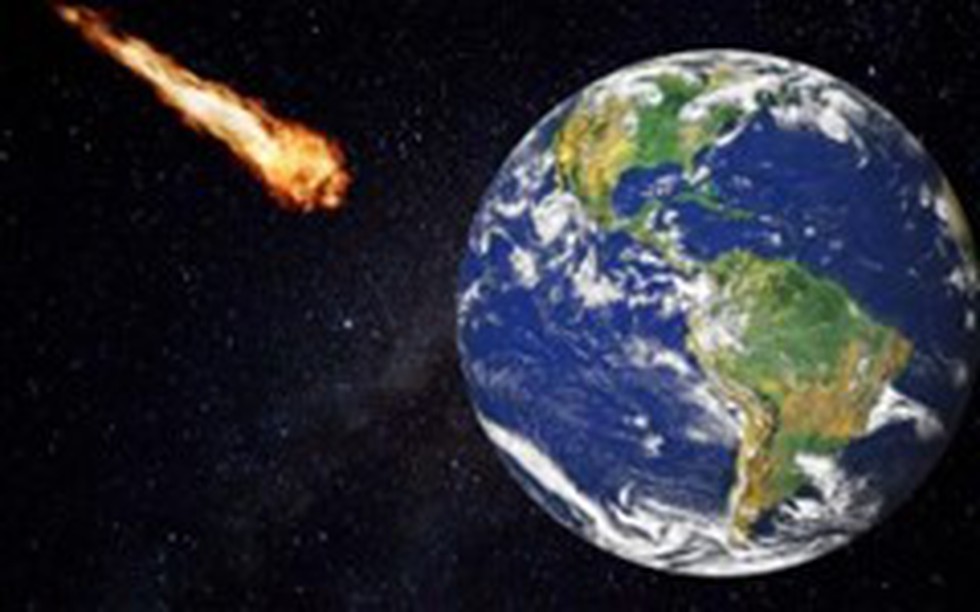
About World Asteroid Day:
- It is observed on June 30 every year.
- The day aims to raise awareness about asteroid impact hazards and crisis communication actions in case of a credible asteroid threat to planet Earth.
- The day also aims to educate people about the latest and upcoming asteroid research and technology through numerous events and activities held by organisations across the globe.
- History:
- The United Nations General Assembly (UNGA) passed a resolution in December 2016, designating June 30 as International Asteroid Day.
- The UNGA adopted the resolution based on the proposal made by the Association of Space Explorers, endorsed by the Committee on the Peaceful Uses of Outer Space (COPUOS).
- The date was chosen to commemorate the anniversary of the Tunguska asteroid’s impact over Siberia on June 30, 1908.
Tunguska Event:
- It is considered the biggest asteroid impact in recorded history when an asteroid exploded a few kilometres above the Tunguska region of central Siberia.
- It flattened more than 80 million trees in seconds, over an area spanning nearly 800 square miles (2,000 square kilometres) — but left no crater.
What is an Asteroid?
- Asteroids are small, rocky objects that orbit the sun.
- Although asteroids orbit the sun like planets, they are much smaller than planets.
- They are leftovers from the formation of our solar system.
- From being as small as 10 meters across to as huge as 530 km in diameter, asteroids have varied sizes.
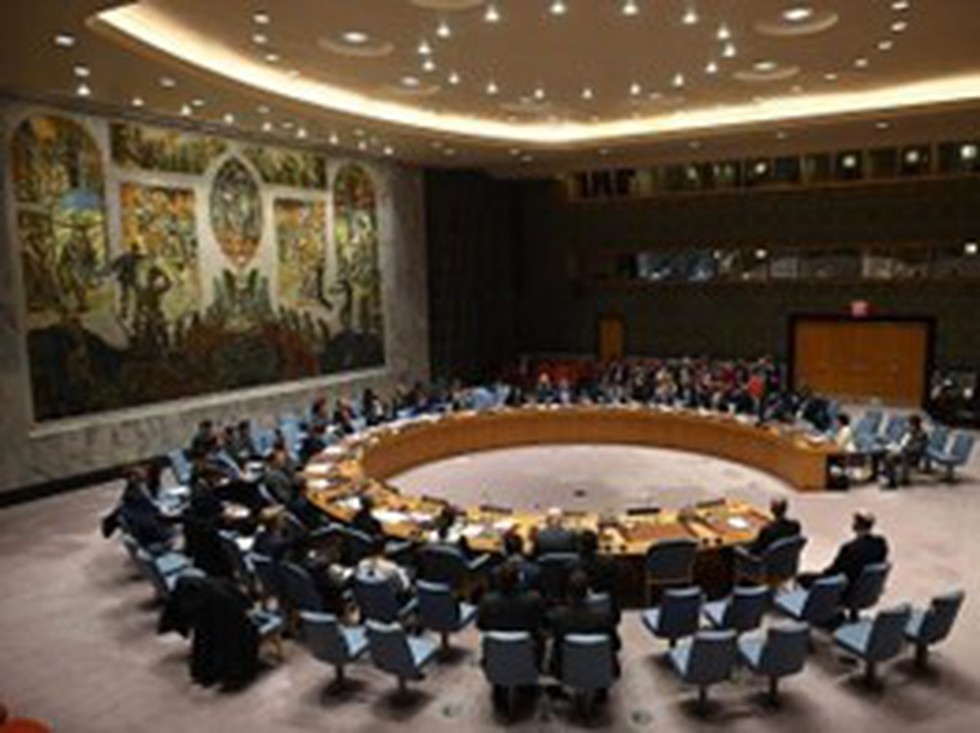
About Intergovernmental Negotiations Framework (IGN):
- IGN is a group of nation-states working within the UN to further reform the United Nations Security Council (UNSC).
- Composition: The IGN is composed of several different international organisations, namely:
- The African Union;
- The G4 nations (India, along with Brazil, Japan and Germany are pressing for a permanent seat in the reformed UNSC);
- The Uniting for Consensus Group (UfC), also known as the "Coffee Club";
- The L.69 Group of Developing Countries;
- The Arab League; and
- The Caribbean Community (CARICOM).
- Each group represents a different set of positions vis-a-vis reforming the UNSC.
- The group's conversations are considered "informal" in nature due to the lack of single text, and thus, UNGA rules of procedure don't apply.
- But in 2015, a framework document was agreed when it comes to the reform, which can be the basis for future talks.
What is the United Nations Security Council (UNSC)?
- The United Nations Charter established six main organs of the United Nations, including the UN Security Council (UNSC).
- UNSC has the primary responsibility for the maintenance of international peace and security.
- Under the UN Charter, all Member States are obligated to comply with Council decisions.
- The Security Council has a permanent residence at the United Nations Headquarters in New York City.
- Powers:
- Establishment of peacekeeping operations.
- Establishment of international sanctions.
- Authorisation of military action through Security Council resolutions.
- Members:
- The U.N. Charter provides for 15 members of the UNSC:
- Five permanent members are known as P5, including the United Kingdom, China, France, Russia and the US. They have veto power over decisions of the UNSC.
- 10 non-permanent members. Each year the 193-member General Assembly elects five non-permanent members for a two-year term at the UNSC.
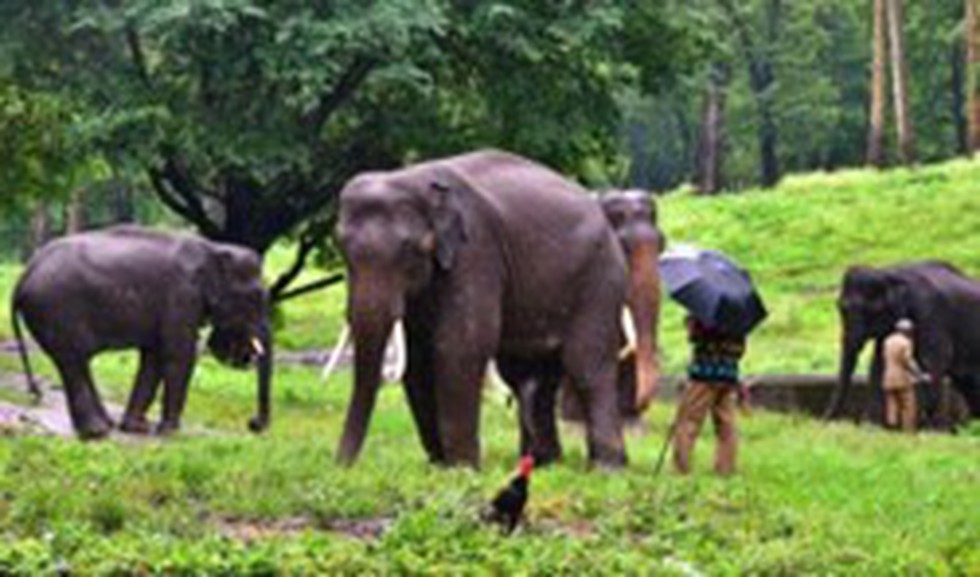
About Anamalai Tiger Reserve:
- Location:
- It is a protected area located at an altitude of 1400 m in the Anamalai Hills of Pollachi and Coimbatore District of Tamil Nadu.
- It lies South of the Palakkad gap in the Southern Western Ghats.
- It is surrounded by Parambikulum Tiger Reserve on the East, Chinnar Wildlife Sanctuary and Eravikulum National Park on the South Western side.
- The reserve is also surrounded by Nenmara, Vazhachal, Malayattur and Marayur reserved forests of Kerala.
- It was declared a Tiger reserve in the year 2007.
- Habitat:
- It supports diverse habitat types, Wet evergreen forests, semi-evergreen forests, moist deciduous, dry deciduous, dry thorn and shola forests.
- Other unique habitats like montane grasslands, savannah and marshy grasslands are also present.
- Flora:
- Around 2500 species of angiosperms are found in the Anamalai Tiger Reserve, with several species of Balsam, Crotalaria, Orchids and Kurinchi.
- The reserve is rich in wild relatives of cultivated species like mango, jackfruit, wild plantain, ginger (Zingiber officinale), turmeric, pepper (Piper longum), cardamom etc.
- Fauna: The important wild animals of the reserve include: Tiger, Asiatic elephant, Sambar, Spotted deer, Barking deer, Jackal, Leopard, Jungle cat etc.
What is Siena Drone Photo Awards?
- It is the most important worldwide competition in aerial photography and video.
- It’s a project of Siena Awards, dedicated to a different photographic genre deliberately separated from being compared to traditional photography.
- The competition is open to aerial photography and videos whose platforms also include fixed-wing aircraft, helicopters, unmanned aerial vehicles, balloons, blimps and dirigibles, rockets, kites, and parachutes.


.png)
.png)
.png)
























































































































































.png)
.png)
.png)
.png)
.png)


.png)
.png)
.png)





.png)
.png)






.png)
.png)
.png)
.png)
.png)
.png)
.png)
.png)
.png)

.png)







.png)
.png)


.png)
.png)
.png)


.png)

.png)
.png)





.jpg)

.png)
.png)


.png)

.png)
.png)
.png)

.jpg)

.jpg)


.png)

.png)
.png)
.png)
.png)
.png)
.png)
.png)
.png)
.png)
.png)




.png)

.png)





.png)
.png)
.png)
.png)
.png)
.png)
.png)
.png)
.png)
.jpg)
.jpg)

.png)
.png)
.png)
.png)
.png)
.png)
.png)
.png)
.png)
.png)
.png)
.png)
.png)
.png)
.png)
.png)
.png)
.png)
.png)
.png)



.png)
.png)

.jpg)
.jpg)


.jpg)
.jpg)
.jpg)
.jpg)
.jpg)

.jpg)








.jpg)
.jpg)
.jpg)
.jpg)
.jpg)

















.jpg)
.jpg)







.jpg)


















.jpg)
.jpg)






























































































.jpg)
.jpg)


























.jpg)

.jpg)










.jpg)








.jpg)




.jpg)










.jpg)


















.jpg)












































.jpg)














.jpg)
.jpg)
.jpg)





.jpg)

.jpg)
.jpg)





































































.jpg)


































.jpg)
.jpg)
















































.jpg)












.jpg)


.jpg)




.jpg)
.jpg)
.jpg)

.jpg)
.jpg)
.jpg)
.jpg)

.jpg)
.jpg)
.jpg)

.jpg)
.jpg)
.jpg)
.jpg)
.jpg)
.jpg)
.jpg)
.jpg)

.jpg)


.jpg)
.jpg)
.jpg)
.jpg)
.jpg)
.jpg)
.jpg)
.jpg)
.jpg)
.jpg)











.jpg)
.jpg)





.jpg)
.jpg)
.jpg)
























.jpg)
























.jpg)









.jpg)
.jpg)







.jpg)
.jpg)









































.jpg)
.jpg)
.jpg)
.jpg)
.jpg)

.jpg)
.jpg)
.jpg)
.jpg)
.jpg)


.jpg)
.jpg)
.jpg)
.jpg)
.jpg)

.jpg)
.jpg)
.jpg)
.jpg)
.jpg)
.jpg)
.jpg)
.jpg)
.jpg)
.jpg)
.png)

.png)
.png)

.png)
.png)
.png)
.png)


.jpg)
.jpg)

.jpg)
.jpg)
.jpg)

.png)
.png)
.png)
.png)
.png)
.png)
.png)

.png)
.png)
.png)
.png)
.png)
.png)
.png)
.png)
.png)
.png)





































































-min.png)



.png)




.png)








































